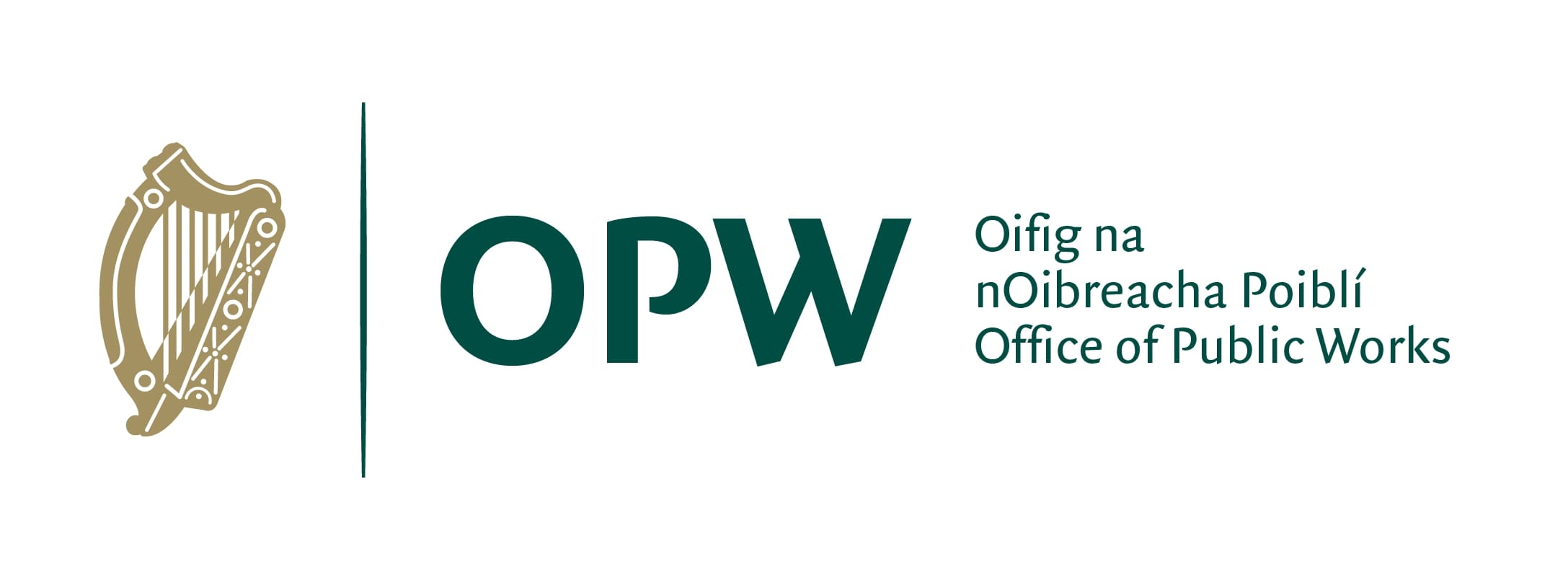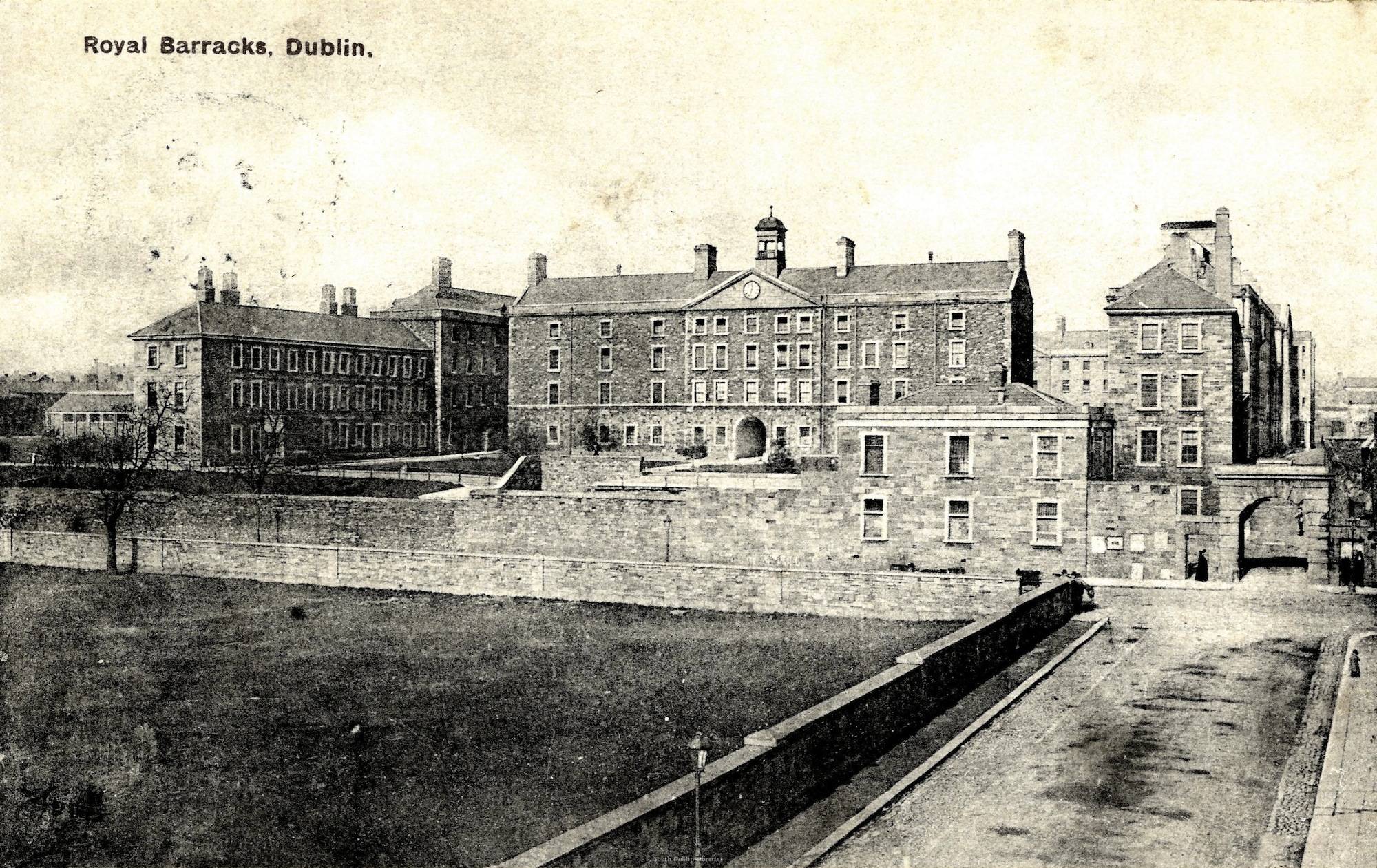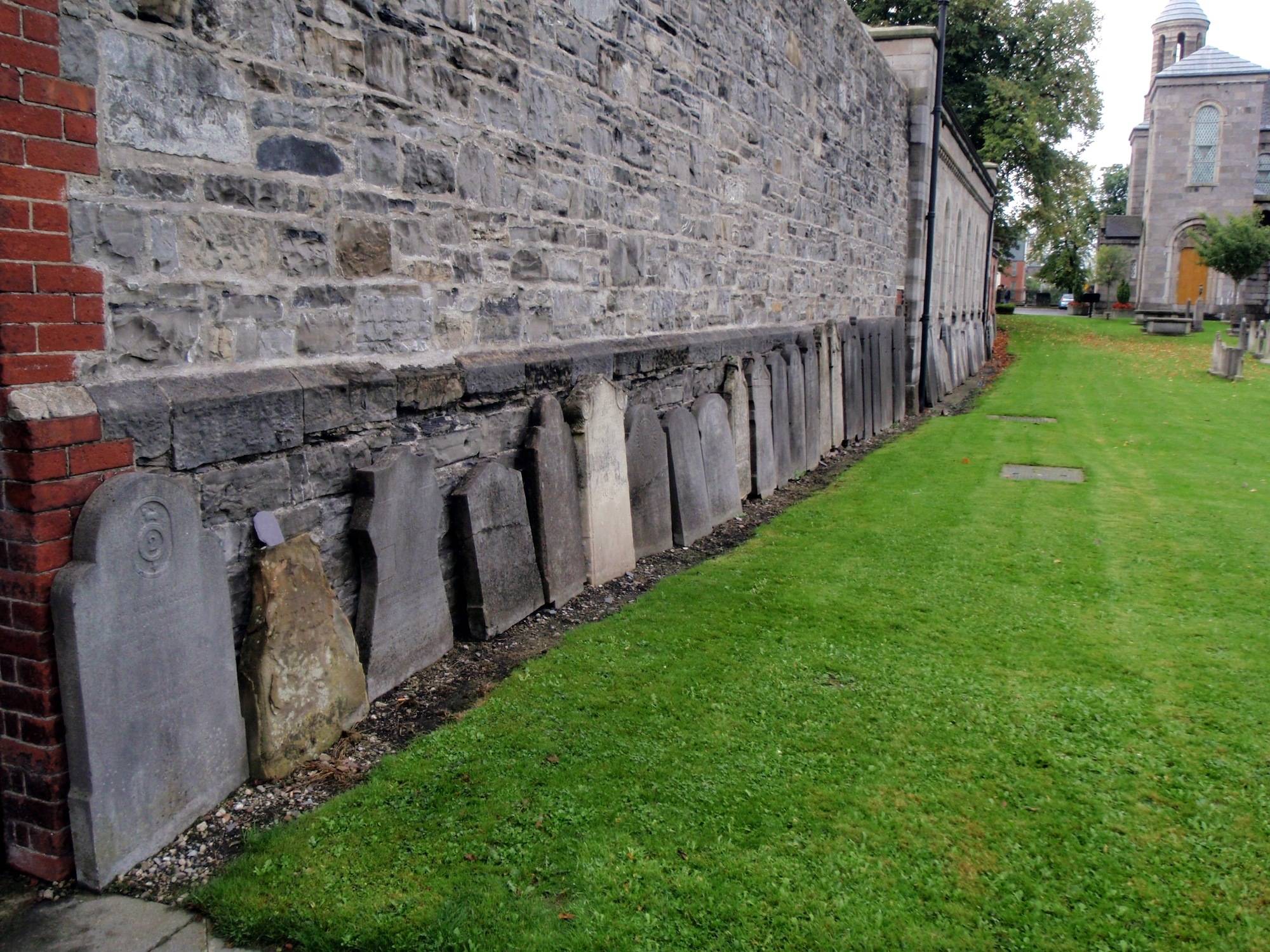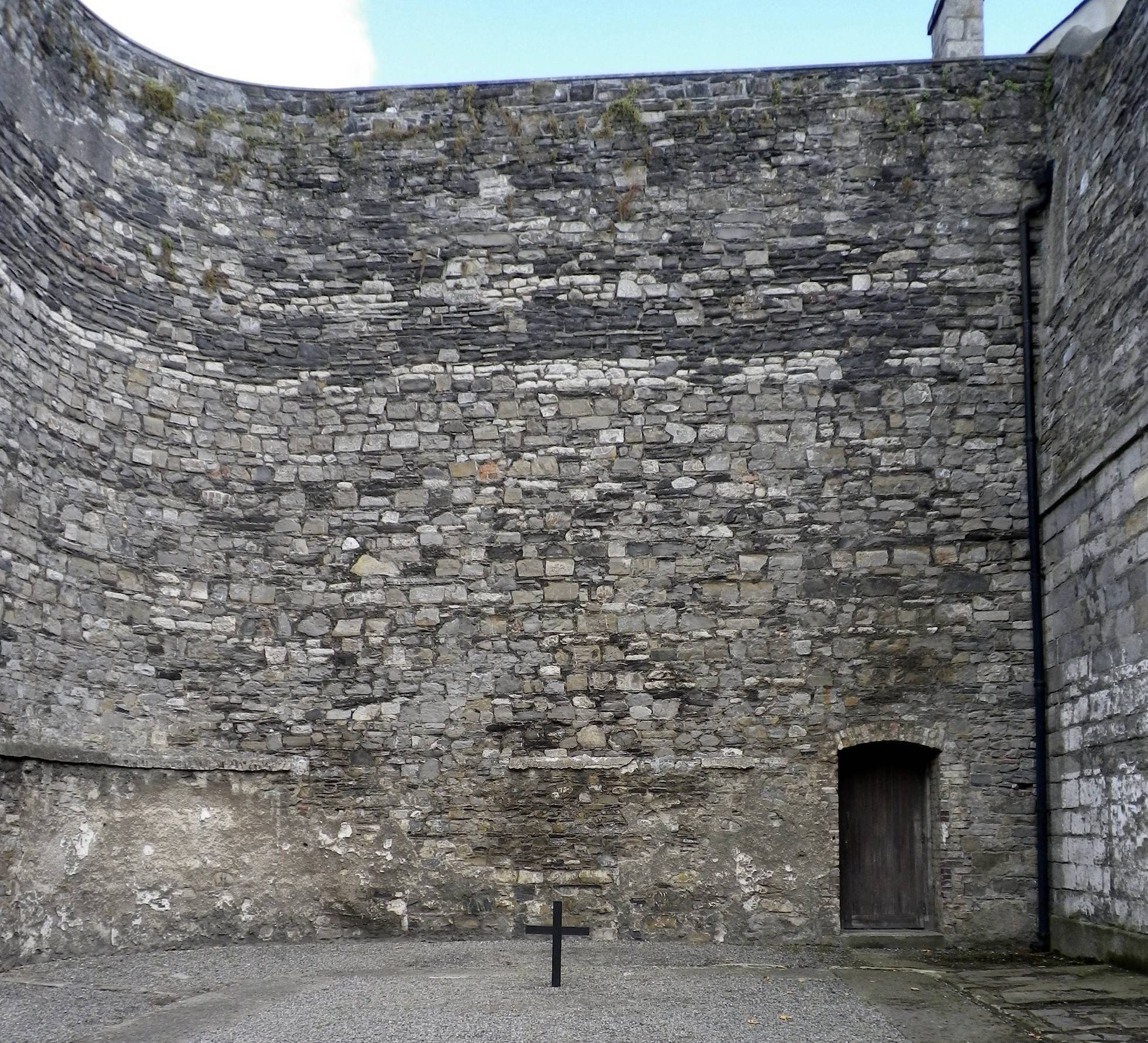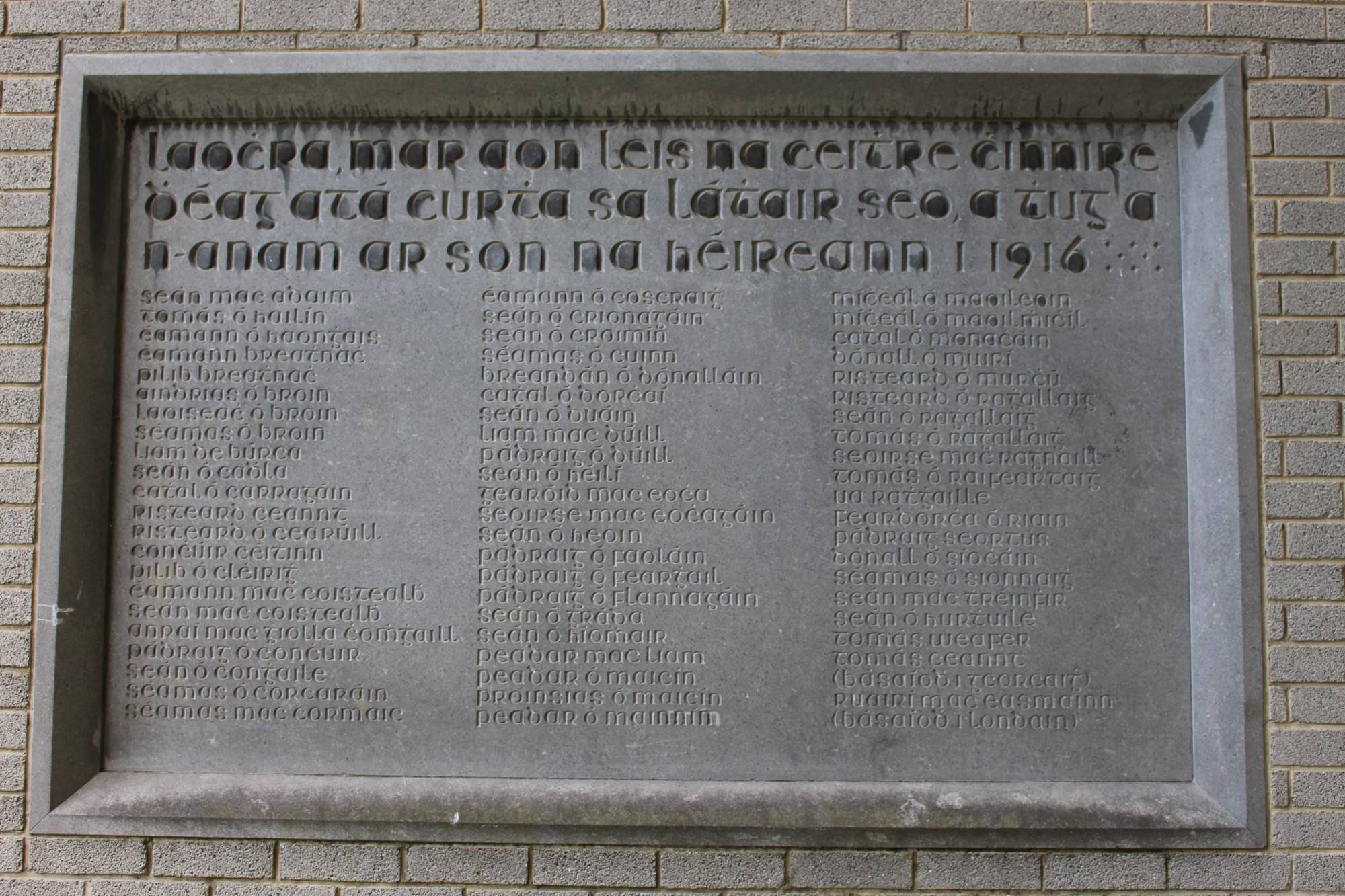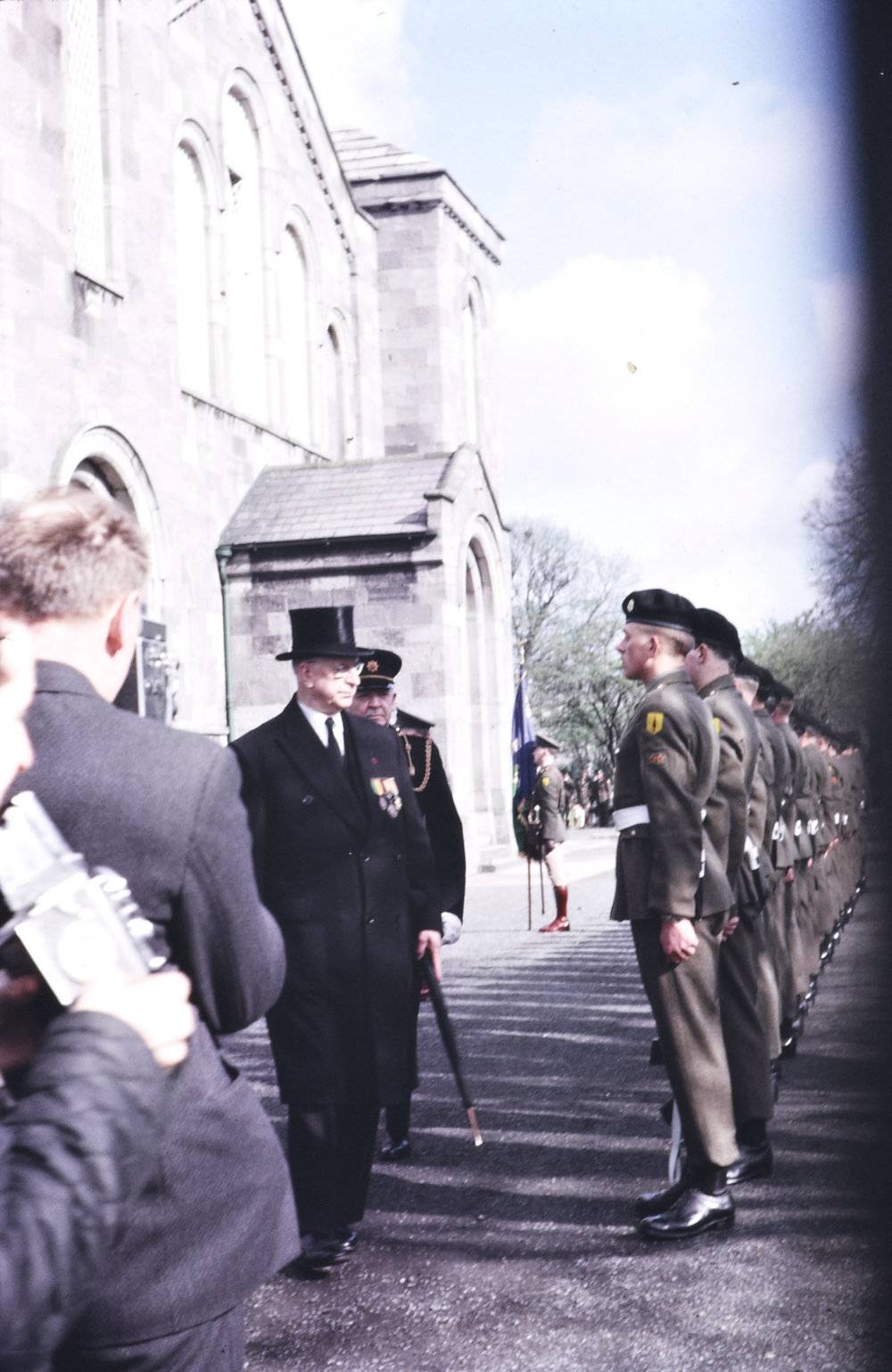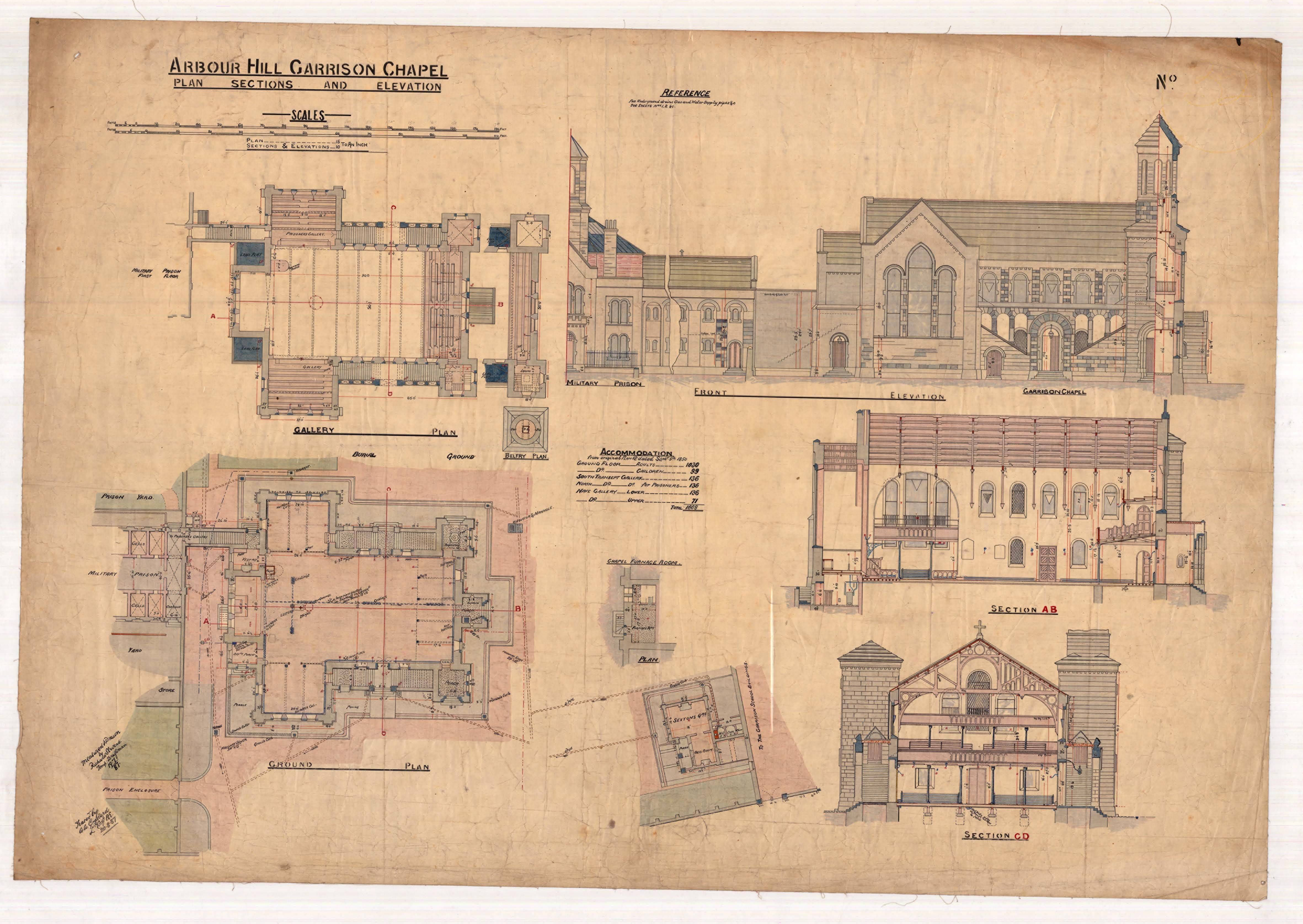Learn More
A Cemetery for the Barracks
The land for Arbour Hill Cemetery was purchased in 1802, and the graveyard laid out around thirty years later. From around 1840 to 1876, the cemetery provided burial space for members of the Royal Barracks (later Collins Barracks). Soldiers of all ranks were interred, along with their families. Many of these headstones are now in a deteriorated condition, and stand against the boundary wall. The inscriptions on them tell the stories of the many countries they served in, the orders in which they served, and the medals they received, as well as the circumstances of their death. A great variety of people were laid to rest here. There is one soldier recorded as being buried in Arbour Hill who received the Victoria Cross – Private Patrick Graham who died in 1875 – although the location of his grave is unmarked. There is also one nineteenth-century gravestone which is simply inscribed ‘Little Freddy, aged 2 years’.
Also buried in the cemetery were local people who worked for the Barracks, as well as their families. In the late 1870s, Arbour Hill Cemetery had reached capacity, and Grangegorman Military Cemetery was established nearby.
The names of those buried in Arbour Hill Barracks Cemetery can be searched online at Irish Genealogy (enter ‘Arbour Hill’ into Church Records and specify burials’). A list of readable gravestone inscriptions can also be found in Paul O’Brien, Arbour Hill (2012).
Executed Leaders of the Rising
The 1916 Rising occurred during Easter week, and was intended as an armed insurrection against British Rule in Ireland. Organized by the Irish Republican Brotherhood, those involved came from the Irish Volunteers, Cumann na mBan, and the Irish Citizens Army. It was not a successful rebellion, and the Irish forces were fully defeated by the British. However, the response of the British authorities to the Rising was so severe, that public support surged in favour of Irish independence.
A key moment in this response was the execution of fourteen leaders of the Rising. After surrender, they were tried by military court martial in Richmond Barracks, where they were sentenced to death. In the Stonebreakers Yard at Kilmainham, each of the fourteen was shot, during the first two weeks of May 1916. Their bodies were then transferred to Arbour Hill, where they were buried in a mass grave in the prison yard behind the military cemetery. Quicklime, commonly used in mass graves in order to speed decomposition and minimise odours, was also added. The location and method of their interment was chosen so that their graves would not become shrines that furthered their political cause.
Buried in the 1916 plot are:
- Tom Clarke
- Con Colbert
- Sean Heuston
- John MacBride
- Seán MacDermott
- Joseph Plunkett
- Patrick Pearse
- William Pearse
- James Connolly
- Thomas MacDonagh
- Michael O’Hanrahan
- Edward Daly
- Eamonn Ceannt
- Michael Mallin
– a memo from British officer Brigadier J. Young, PRO WO 35/6712, quoted in Arbour Hill Cemetery (2012) by Paul O’Brien
Read More
The 1916 Rising: Personalities and Perspectives. A National Library of Ireland online exhibition which also contains biographies of all of those named above.
Memorialisation
The first memorial to those who were buried at Arbour Hill in 1916 was created in the 1920s. Money to fund the effort was collected in 1924 from the ranks of those serving in Collins Barracks. The commission was won by Harry Clarke Studios, who produced a triptych stained glass window for the neighbouring church.
In 1955, the government approved a scheme to build a large memorial at the Arbour Hill site. The design had been put forward by the Assistant Architect of the Office of Public Works at the time, Gerry McNicholl. A large screen wall was erected to separate the prison from its old yard, now the 1916 plot. The old walls which had partitioned the space between the graveyard and the yard were removed. A new enlarged space now focused on the graves. Carved into the screen wall was the text of the Proclamation of the Irish Republic, both in English and Irish. The lettering in the stonework was carried out by artist Michael Biggs (1928-1993), and took four years to complete. In 1963, President John F. Kennedy visited Ireland, and laid a wreath at the base of the new memorial wall.
In the part of the prison wall which looks onto the 1916 memorial is a plaque which commemorates sixty-two men killed during the Easter Rising. This was put in place in 1966, the fiftieth anniversary of the Rising, and was unveiled by President Eamon de Valera, who had been a Commander in it. The names of the men are carved into the stone, in Irish, and the top inscription reads “Laochra, mar aon leis na ceithre chinnire dhéag atá curtha sa láthair seo, a thug a n-anam ar son na hEireann i 1916” (“Heroes who, with the fourteen leaders buried in this place, gave their lives for Ireland in 1916”).
Surrounding Buildings
The Garrison Church at Arbour Hill was designed in the 1830s by Jacob Owens, and was based on the National Scotch Church in Bow Street, London (no longer in situ) which had been designed by Robert Wallace. Further work on the building in the 1840s was carried out by Joshua Jebb. It was used by prisoners to attend Protestant religious services. In 1897, a small chapel was built next to the church for the use of Catholic soldiers and prisoners. Once independence had been won, the Royal Barracks was renamed Collins Barracks, and in 1927 the church was consecrated and renamed Church of the Sacred Heart. The church is in operation today as a Church of the Defence Forces, and is an active place of worship.
Collins Barracks ceased to be a centre for the Irish military in 1997, when it was transferred to the National Museum of Ireland. Plans had been in place for this transfer since 1988. Clarke Square was restored by the Office of Public Works, and museum items from the sphere of art and industry were put on display. The old section of the barracks, which had stables and drilling grounds as well as a riding school, is currently undergoing work to become suitable for use as exhibition galleries.
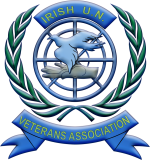
The house previously used as living quarters for the Master of the nearby school is now the headquarters of the Irish United Nations Veterans Association. Formed in 1990, IUNVA provides support for its members, and also promotes understanding of the Irish role in United Nations operations. In the grounds at Arbour Hill is a cedar tree, planted in 2003 by the Lebanese Ambassador His Excellency Mr. Jihad Mortada, which commemorates all those in the Irish Defence Forces Personnel who died in Lebanon.
Bibliography
- D’Arcy, Fergus. Remembering the War Dead (2007)
- Friel, Maeve. Here Lies: A Guide to Irish Graves (1997)
- McCarthy, Mark. Ireland’s 1916 Rising (2012)
- O’Brien, Paul. Arbour Hill Cemetery (2012)
- Ryan, Annie. Witnesses: Inside the Easter Rising (2005)
- Townshend, Charles. Easter 1916: The Irish Rebellion (2006)
